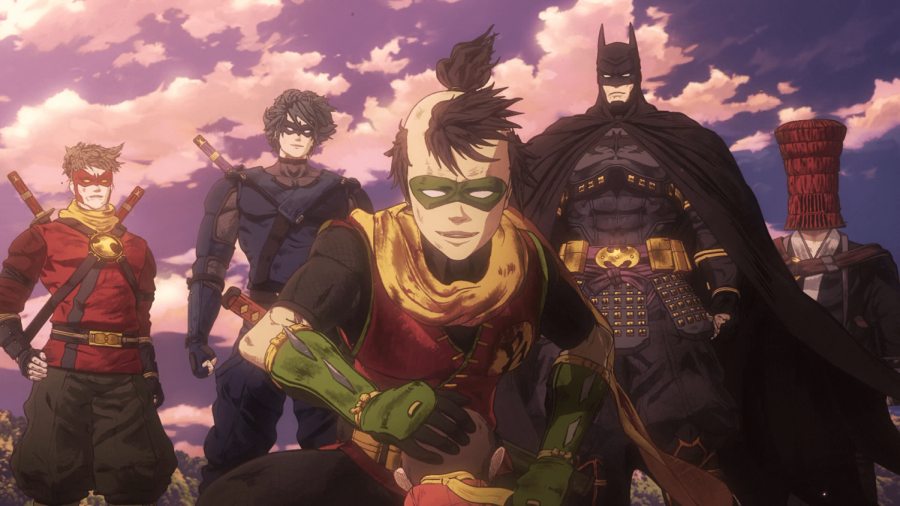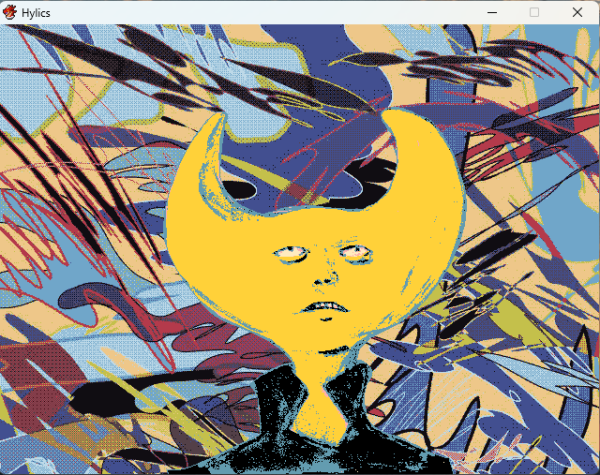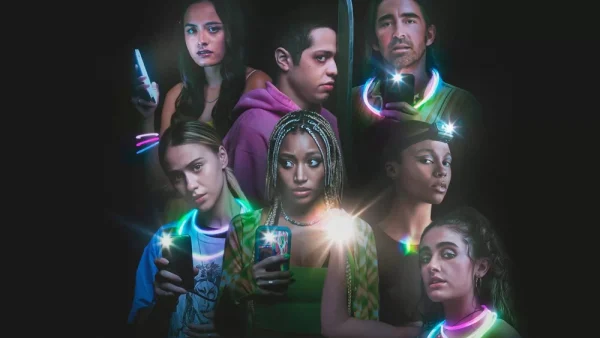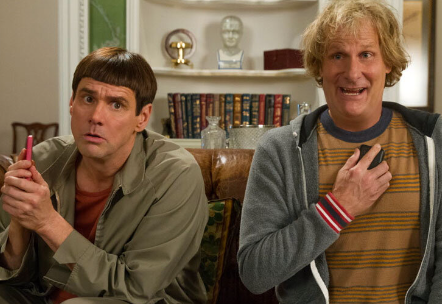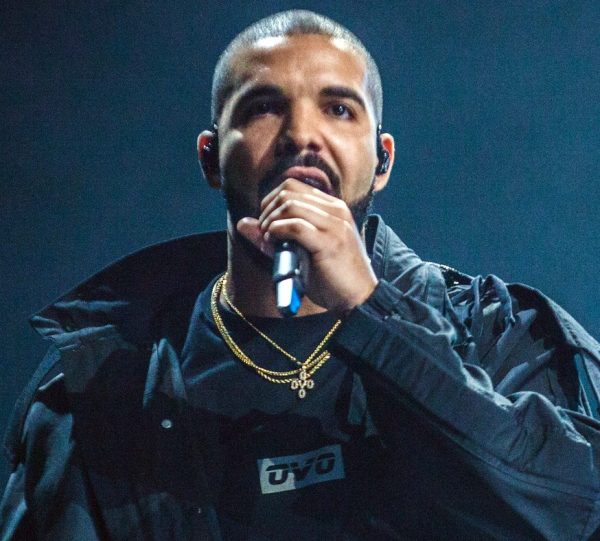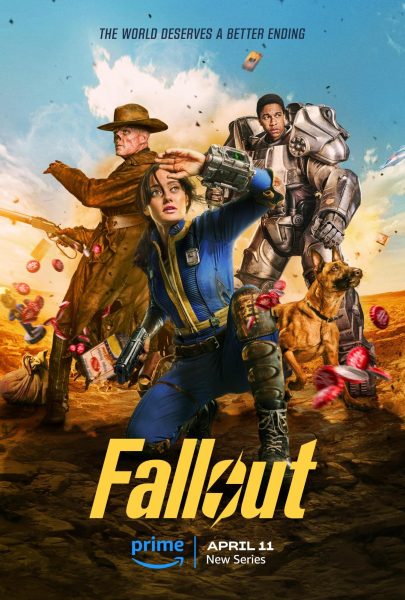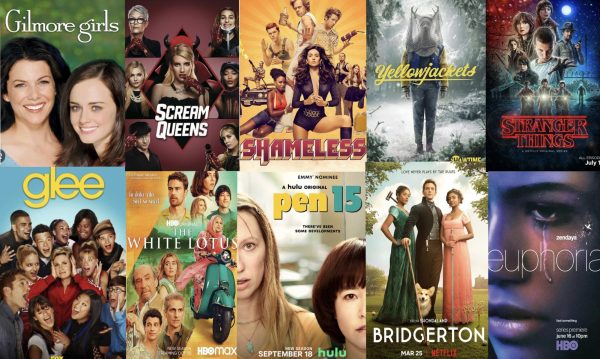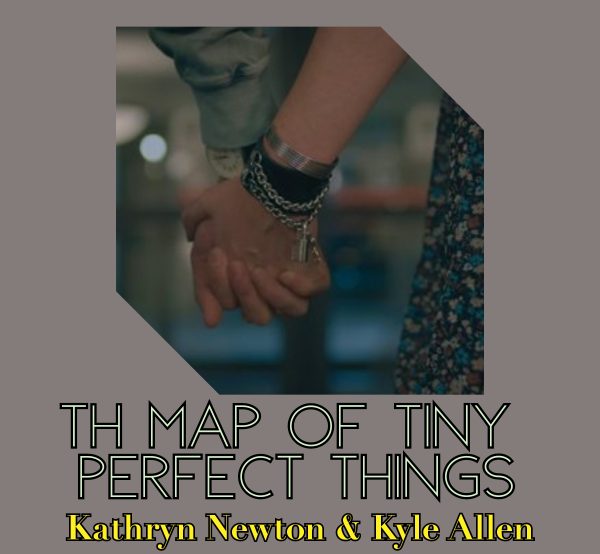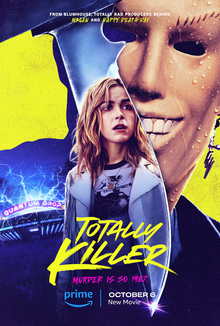Batman Ninja: we’re not in Gotham anymore!
September 7, 2022
It is no secret that the DC’s cinematic endeavors (the DCEU) are not the most well-received among comic book fans. One thing the company has been praised for, however, are its animated films and shows. From the iconic “Batman:The Animated Series” to the recent and wildly popular “Harley Quinn” show on HBO Max, DC’s most applauded content seems to be in the animated format.
Among all these animated features, however, one film I rarely see mentioned is 2018’s “Batman Ninja.” Directed by anime legend Junpei Mizusaki, the film merges superheroes and anime to provide a fresh new medium for Batman fans everywhere. As much as I personally like Batman, I often find his character to be overdone. This film, however, is one of the most unique and interesting takes on Batman since his creation. By placing familiar characters in a fresh new setting, the film gives viewers a unique look at Batman outside of Gotham.
Another highlight of the film is the talented voice acting cast. It is important to note that I watched the American release version, but I will credit the Japanese voice actors as well. Tony Hale was a refreshing new voice for the Joker (also voiced by Wataru Takagi), staying true to the character’s roots while also adding dramatic flair. Grey DeLisle gave a phenomenal performance as Catwoman (Ai Kakuma), further cementing her as my favorite voice for the character. Other notable performances include Tara Strong as Harley Quinn (Rie Kugimiya) and Fred Tatasciore as Gorilla Grodd (Takehito Koyasu).
Art style and quality is undoubtedly the most important aspect of an animated film. “Batman Ninja”‘s animation has been revered for its style, detail, and fluidity. The film was animated by the YamatoWorks production company, in partnership with Dreamworks. The distinctive look of the film was accomplished through a mixture of hand drawn animation and CGI.
The character designs, done by Takashi Okazaki, are a stunning blend of feudal Japan, modern day Japan, and the classic designs of the characters. Batman, for example, wears a blend of the classic batsuit and traditional Samurai attire, including waraji sandals, Japanese auxiliary armor, and haramaki chest armor. Another stunning character design is Harley Quinn’s. Okazaki had the difficult task of melding the aesthetics of feudal Japanese people and European harlequin entertainers. He truly nailed it, however, seemingly taking inspiration from the Japanese counterparts of clowns and jesters, the taikomochi and hyottoko.
To conclude, I saw “Batman Ninja” as a criminally underrated film that served as a beautiful mix of Japanese culture and history, and the iconic characters of Batman and his rogue gallery. I would recommend this film to any Batman enthusiast, especially those who enjoy the Joker and Harley Quinn. Even if you are not a Batman fan, this movie is a wonderful watch for anyone interested in anime, Japanese culture, character design, or animation in general. I would rate “Batman Ninja” 4 stars out of 5.

